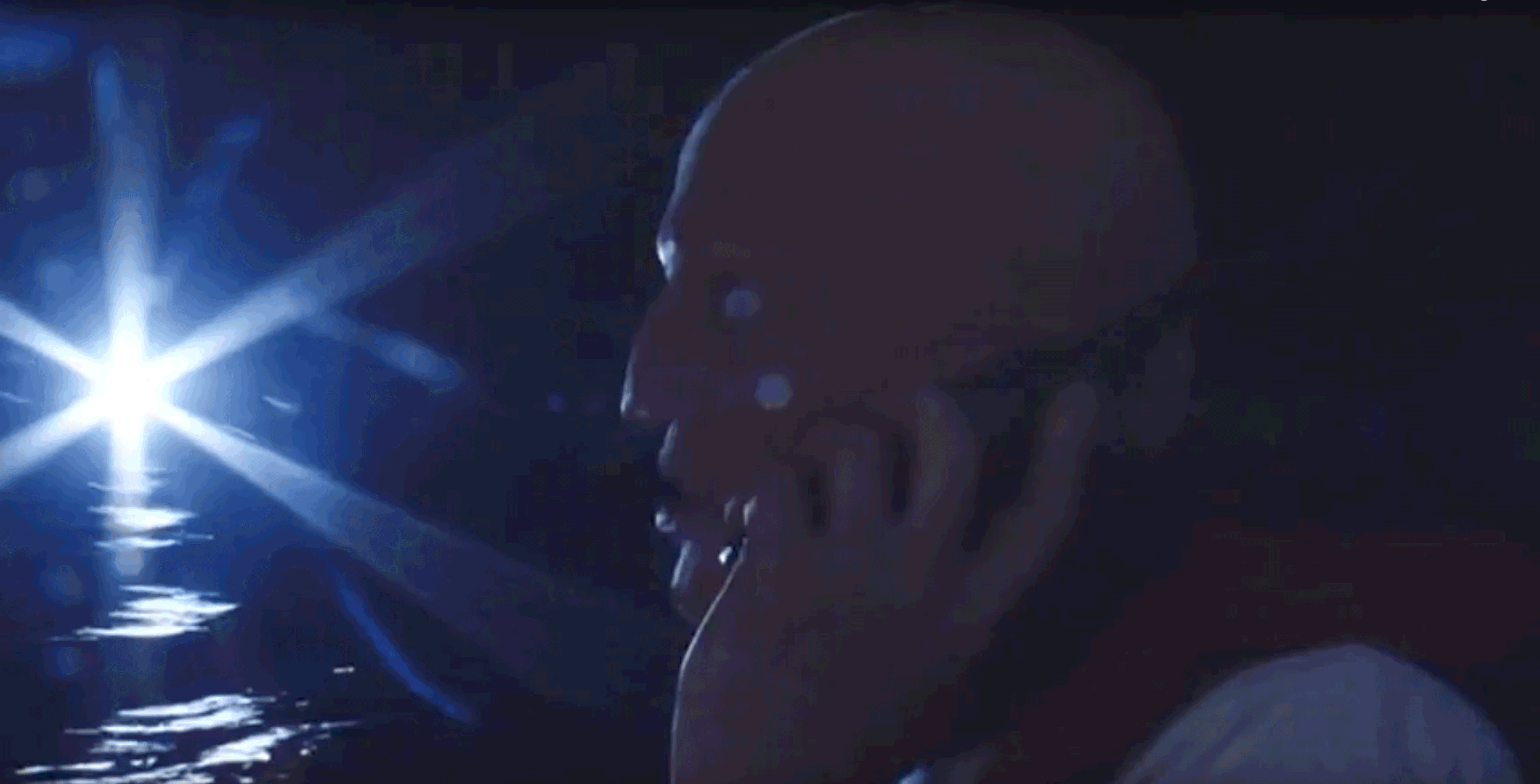Big budgets or artistic freedom? Process or product? Freedom of speech or a big ole' paycheck? A comparison of mainstream media to grassroots endeavors.
“You’re SO mainstream!” By the mid-1990’s, this phrase had become an insult amongst white teenagers all over the US and Europe. In the grungy world where the trends were being set by Kurt Cobain, it was no longer “cool” to wear the latest designer clothes, see the latest box office hits starring the coverboys and girls of People magazine, or to jam to the tunes of Billboard’s Top 40. No… what was “in” was grunge. What was “in” was Jay and Silent Bob. Being “in” meant being “out.” But before the self-proclaimed “rebels” could claim their mark in history, the tables started to turn. Quicker than the attack of being “SO mainstream” came a complete reversal in the definition of terms. Kids were fighting so hard to look “different” that they became the “same.” They strove to “rebel,” but it was too late. The black hair dye, nail polish, and eyeliner was “in,” and before they could fasten their dog collars, they had already become what they so claimed to hate: mainstream.
In the hip hop world, a similar motion was in order. Black artists no longer sported the zoot suits and conked hair of thirty years prior. They dressed “ghetto.” When the “old school” genre of hip hop was born, they wore their baggy jeans because they were hand-me-downs, their rope belts to hold them up, and the “bling” in their mouth to cover a missing tooth. Rappers shouted at the end of their albums, “Fuck the corporate world, bi-otch!” Yet before they knew it, the corporate world capitalized on their swagger and style. Hip hop clothing lines came out and soon the “ghetto” fashions categorized by “old school” idols became blue prints for designer hip hop attire. Imagine! Paying two or three hundred dollars for a pair of jeans that did not fit! But pay, they did.
Every artist who appears to be “mainstream” strives to look “independent,” while a great deal of “independent” artists are desperately working to get signed to that major label. And so, perhaps the grass is always greener.
Undoubtedly, one of the biggest differences between the independent production and the mainstream one is MONEY. Mainstream films, documentaries, music albums, and other projects are most often backed by big business producers, corporate executives, and commercial sponsors. With a seemingly endless budget, these projects almost always reap the benefits of top-notch technology, which results in the best production means possible. Indie projects are usually self-funded or funded through various low-budget or non-profit organizations and therefore often lack the proper equipment to deliver, for example, the same quality of cinematography or sound production as a mainstream director, producer, or artist.
Yet working within the framework of a grassroots production gives the creator a great amount of freedom from the pressures exerted on those working from within the mainstream. While the journalist reporting for FOX News is more tightly scripted, monitored, and even censored, the indie journalist finds himself free from worrying about what Rupert Murdoch thinks. Likewise, the indie musician does not find himself writing lyrics to please the CEO’s of Nike, Sean John, or some other corporate label to whom the manager hopes to sell the artists’ image. Nor does the independent film-maker have to worry about rating systems affecting box office sales. Hopefully, this freedom provides indie journalists and artists with a clearer path to produce evocative, objective work for their audiences; however, it can be argued that this liberty also frees the creator to unleash his or her own personal biases onto the masses. Regardless, grass roots typically lends itself more to true freedom of speech.
It seems, then, that the line is drawn between process and product. While the grassroots producer certainly seems to enjoy a better process, free from white-collared pressures and corporate sponsors, he or she also suffers from the benefits of funding which produces a top quality finished product. And while the mainstream creator is always able to pull off the top quality disc or film, he or she often suffers from a lack of journalistic or artistic freedom. Hence, the pros and cons to each side, and the turnover (or desire to turnover) on each side of the spectrum. Yet, in spite of the lack of funding, it seems that many artists and journalists are leaning more and more these days towards grassroots. Could it be that they’ve had enough? Have the pressures risen that high? Is it possible then that the indie revolution will one day take over? And if so, will they then gain access to the funding abandoned by the mainstream? Certainly, the indie world could benefit from more funding and better technology. But if that happens, then will indie have become mainstream? And what then will be considered “indie”? It is at this point that we must consider the negative connotations surrounding the word “mainstream.” “Mainstream,” in and of itself, is not a bad thing. It is the strings that come attached to being “mainstream” that indie producers find so frustrating. If the mainstream ever has the aptitude to take on balance, objectivity, and artistic and journalistic freedom, then certainly the nature of being “mainstream” will have changed for the better.

Rice N Peas was established producing hard-hitting video documentaries about social issues.
In an era where mainstream journalism is often saturated with propaganda, convey accounts that accurately represent the lives and stories of the people without censorship, prejudice or distortion, aiming to question, to challenge and to educate.











